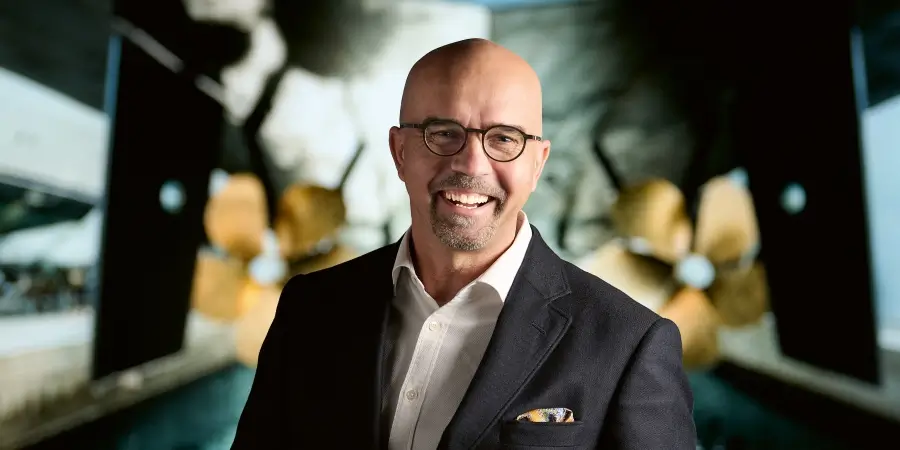Around 1938 the world’s first major coffee brand of instant coffee arrived when Nescafé was introduced by Nestlé S.A. in Switzerland. The convenience of simply adding hot water to make instant coffee solved a real problem for many people.
Today more than 5,500 cups of Nescafé are consumed every second around the globe. What this really means is that Nescafé did not just invent a product, it created a habit. The story of Nescafé offers lessons about timing, innovation, adaptation and culture. The rise of Nescafé is a remarkable journey that reshaped the global coffee market.
Origins of Nescafé and first breakthroughs
The story begins with Brazil. In the late 1920s Brazil faced a large surplus of coffee beans and a collapse in coffee prices. Nestlé’s research lab took on the challenge of turning that surplus into a product with long shelf life. After years of experimentation a soluble instant coffee powder that preserved the bean aroma was developed. This marked the beginning of the history of Nescafé instant coffee.
On April 1 1938 Nescafé launched in Switzerland and quickly expanded to other markets. During the Second World War, Nescafé’s shelf life and portability made it a favourite for allied troops and civilian rations. The breakthrough was not just technological. It tapped into a changing world where convenience and accessibility became valued. Nescafé offered familiar coffee flavour without the usual brewing constraints. The rise of Nescafé was not just about product innovation, but also about creating a habit around instant coffee.
Scaling up: How Nescafé reached the world
By 1940 Nescafé was available in over 30 countries, with the years that followed seeing their penetration into all of Europe, Asia, Africa, and Latin America. Nestlé built production plants, refined packaging from tins to glass jars, and adapted to different tastes. An example: in the 1960s Nescafé introduced freeze‑dried coffee variants and refreshed its packaging to glass jars in Japan and Europe. The brand also embraced local markets. In Malaysia, for example, Nescafé held more than 50 per cent of the instant coffee market in one region. These moves show how scaling is more than producing volume, it is about adapting for context and footprint. This phase exemplifies how Nescafé became a global brand.
Innovation and staying relevant in changing coffee cultures
Coffee drinking has evolved. Espresso machines, capsule formats, ready‑to‑drink coffees, café culture, all challenged instant coffee’s place. Nescafé responded. In 2006 the brand launched Nescafé innovations and products such as Nescafé Dolce Gusto machines to deliver a café‑style experience at home. In 2014 Nescafé introduced a global branding initiative called REDvolution, unifying visual identity in 180 countries and adopting the slogan “It all starts with a Nescafé.”
These steps show that innovation is not just product‑tech but brand‑experience adjustments. The brand kept up with younger consumers and shifting habits while retaining the core of instant coffee: convenient, familiar, trusted. The rise of Nescafé reflects Nescafé innovations and products that adapt to consumer needs and modern trends.
Sustainability, sourcing, and responsibility
A brand with global footprint faces supply‑chain responsibilities. Nescafé introduced programs to source coffee beans more directly from farmers and to improve agricultural methods. For example, the Nescafé sustainability initiatives like the Nescafé Plan aimed to buy large volumes of coffee directly and to work with producer countries such as Vietnam, Indonesia and Thailand.
What this really means is that for a brand that grew via convenience, it still cares about origin and ethics. That approach builds trust and relevance, especially with consumers who expect values beyond the product. Nescafé sustainability initiatives also contribute to the rise of Nescafé as a responsible global coffee brand.
Market leadership and brand strength today
Nescafé is one of the most valuable food and drink brands today, and its global presence is in over 180 countries with millions of cups consumed every second. This level of business brings with it power and responsibility.
In spite of the fact that instant coffee is looked down upon in some markets, Nescafé is still the leader by being flexible to the local preferences, unveiling new formats and maintaining production efficiency.
The narrative of the brand also conveys to us the point that powerful brands are often based on simple ideas that are consistently implemented. A cup of Nescafé you can depend on anywhere, at any time. Nescafé market leadership still plays a significant role in the global coffee market.
Conclusion
The Rise of Nescafé teaches us that timing, need, innovation and adaptation win. A coffee brand that started to solve a surplus problem for Brazil evolved into a global icon. Nescafé’s journey from a local to a global brand is an example to the fact that addressing a genuine need, i.e., instant coffee, is very important. The whole scenario also reveals that to be relevant, it is still necessary to hear the shifts in culture and to connect the old with the new.
For consumers the story means that familiar rituals have origins, roots and craftsmanship behind them. If you pick up a cup of Nescafé tomorrow you carry decades of research, global shifts, packaging Nescafé innovations and products, and supply‑chain progress. The takeaway is clear: strong brands match what people need today while daring to anticipate what they will want tomorrow. The Rise of Nescafé continues to define the global coffee market, shaping tastes, habits and expectations.
Read Also: Jennifer Aniston Net Worth 2025: Career, Earnings, Fortune








